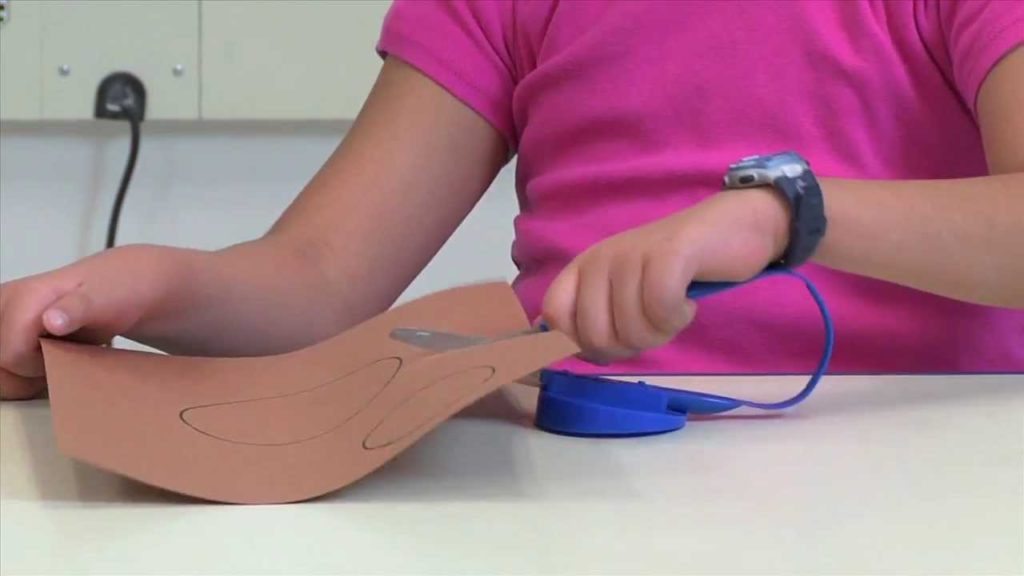Charcot-Marie-Tooth disease (CMT) is a group of inherited conditions that damage the peripheral nerves.
It’s also known as hereditary motor and sensory neuropathy (HMSN).
The peripheral nerves are found outside the main central nervous system (brain and spinal cord). They control the muscles and relay sensory
information, such as the sense of touch, from the limbs to the brain.
People with CMT may have:
muscle weakness in the feet, ankles, legs and hands
an awkward way of walking (gait)
highly arched or very flat feet
numbness in the feet, arms and hands
The symptoms of CMT usually start to appear between the ages of five and 15, although they sometimes don’t develop until well into middle age or later.
CMT is a progressive condition. This means the symptoms slowly get worse, making everyday tasks increasingly difficult.
Read more about the symptoms of CMT
What causes CMT?
CMT is caused by an inherited fault in one of the many genes responsible for the development of the peripheral nerves. This fault means the nerves become damaged over time.
A child with CMT may have inherited the genetic fault responsible for the disease from one or both of their parents.
There’s no single faulty gene that causes CMT. There are many varieties of CMT that are caused by different genetic faults and these can be inherited in several different ways.
The chances of passing CMT to your child depend on the specific genetic faults you and your partner carry.
Read more about the causes of CMT.
Testing for CMT
See your GP if you think you may be developing symptoms of CMT. If your GP suspects CMT, they’ll refer you to a neurologist (a doctor who specialises in treating conditions of the nervous system) for further tests to confirm the diagnosis.
You should also see your GP if you or your partner have a family history of CMT and are considering having a baby. Your GP can refer you for genetic counselling, where you can discuss your concerns and the options available with a genetics specialist.
Read more about diagnosing CMT.
How CMT is treated
There’s currently no cure for CMT. However treatments can help relieve symptoms, aid mobility and increase the independence and quality of life for people with the condition.
These treatments may include:
physiotherapy and certain types of exercise
walking aids
In some cases, surgery may be needed to correct problems such as flat feet and muscle contractures (where muscles shorten and lose their normal range of movement).
Read more about treating CMT.
Living with CMT
CMT isn’t life-threatening and most people with the condition have the same life expectancy as a person without the condition.
However, it can make everyday activities very difficult. Living with a long-term, progressive condition can also have a significant emotional impact.
Some people find it helpful to speak to others with the condition through support groups. You may also benefit from a talking therapy, such as cognitive behavioural therapy (CBT).
You can find more information, support and practical advice about living with CMT on the CMT UK website. CMT UK is the main charity and support group for people with CMT in the UK.
